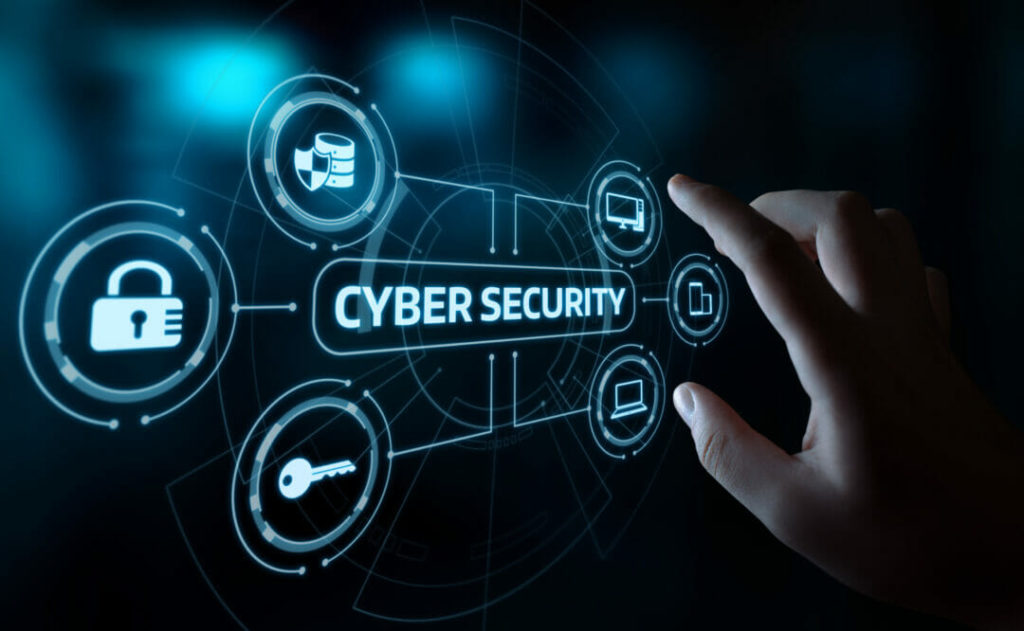
Resilient Networks: Cornerstones of Modern Cybersecurity Architecture
Resilient Networks: Cornerstones of Modern Cybersecurity Architecture
As the threat landscape evolves, building resilient networks is not merely a defensive strategy but a proactive approach to cybersecurity. The aforementioned building blocks collectively contribute to the creation of networks that can withstand and adapt to the complexities of modern cyber threats. By embracing these essential components, CMMC consulting VA Beach organizations can lay the foundation for a cybersecurity architecture that not only defends against current threats but also anticipates and prepares for those on the horizon.
This blog delves into the essential building blocks that form the bedrock of modern cybersecurity architecture, enabling organizations to create networks that are not only robust but also adaptive in the face of evolving challenges.
1. Zero Trust Architecture
Why it Matters:
Traditional network security models operated on the assumption that threats could be kept outside the network perimeter. Zero Trust challenges this paradigm, treating every user and device as potentially untrusted, regardless of their location.
The Benefit:
Implementing a Zero Trust Architecture minimizes the risk of lateral movement within the network. By requiring continuous verification of users and devices, organizations enhance their overall security posture and mitigate the impact of potential breaches.
2. Next-Generation Firewalls
Why it Matters:
Next-generation firewalls go beyond traditional packet inspection, incorporating advanced features such as intrusion prevention, application-layer filtering, and user identity tracking.
The Benefit:
These firewalls provide granular control over network traffic, allowing organizations to define and enforce security policies with greater precision. This level of control is crucial in preventing unauthorized access and detecting sophisticated threats.
3. Multi-Factor Authentication (MFA)
Why it Matters:
User credentials are a prime target for cybercriminals. Multi-factor authentication adds an extra coat of safety by necessitating users to provide multiple forms of identification before granting access.
The Benefit:
MFA considerably decreases the threat of unsanctioned access, even if authorizations are compromised. It acts as a formidable barrier against unauthorized entry, enhancing network security.
4. Segmentation
Why it Matters:
Network segmentation involves dividing a network into distinct segments, limiting lateral movement in the event of a security breach.
The Benefit:
In the event of a breach, segmented networks confine the impact to a specific area, preventing the unauthorized access of sensitive data or systems. This containment strategy is crucial for minimizing damage and facilitating efficient incident response.
5. Behavioral Analytics
Why it Matters:
Traditional signature-based detection methods can struggle to identify novel or evolving threats. Behavioral analytics focus on understanding normal user behavior and identifying anomalies that may indicate a security incident.
The Benefit:
By analyzing user behavior, CMMC consulting organizations can detect unusual patterns that may indicate a compromised account or a potential security threat. This proactive approach enhances threat detection capabilities and reduces response times.
6. Secure Access Service Edge (SASE)
Why it Matters:
As organizations embrace cloud services and remote work, the traditional network perimeter becomes less defined. SASE combines network security functions with WAN capabilities to support modern businesses’ dynamic, cloud-centric needs.
The Benefit:
SASE ensures that security travels with the user, regardless of their location or devices. This approach aligns with the evolving nature of work, providing a scalable and secure solution for the distributed workforce.
7. Continuous Monitoring and Incident Response
Why it Matters:
Continuous monitoring involves real-time scrutiny of network activities to identify potential threats promptly. An effective incident response plan ensures a swift and coordinated reaction in the event of a security incident.
The Benefit:
Continuous monitoring and incident response capabilities are indispensable for minimizing the dwell time of attackers within the network. Swift identification and response mitigate the potential impact of security incidents.
8. End-to-End Encryption
Why it Matters:
End-to-end encryption ensures that data remains confidential throughout its journey across the network, rendering it unreadable to unauthorized parties.
The Benefit:
Protecting data with end-to-end encryption safeguards sensitive information from interception or tampering. This security measure is especially critical when transmitting data over public networks or between remote locations.
